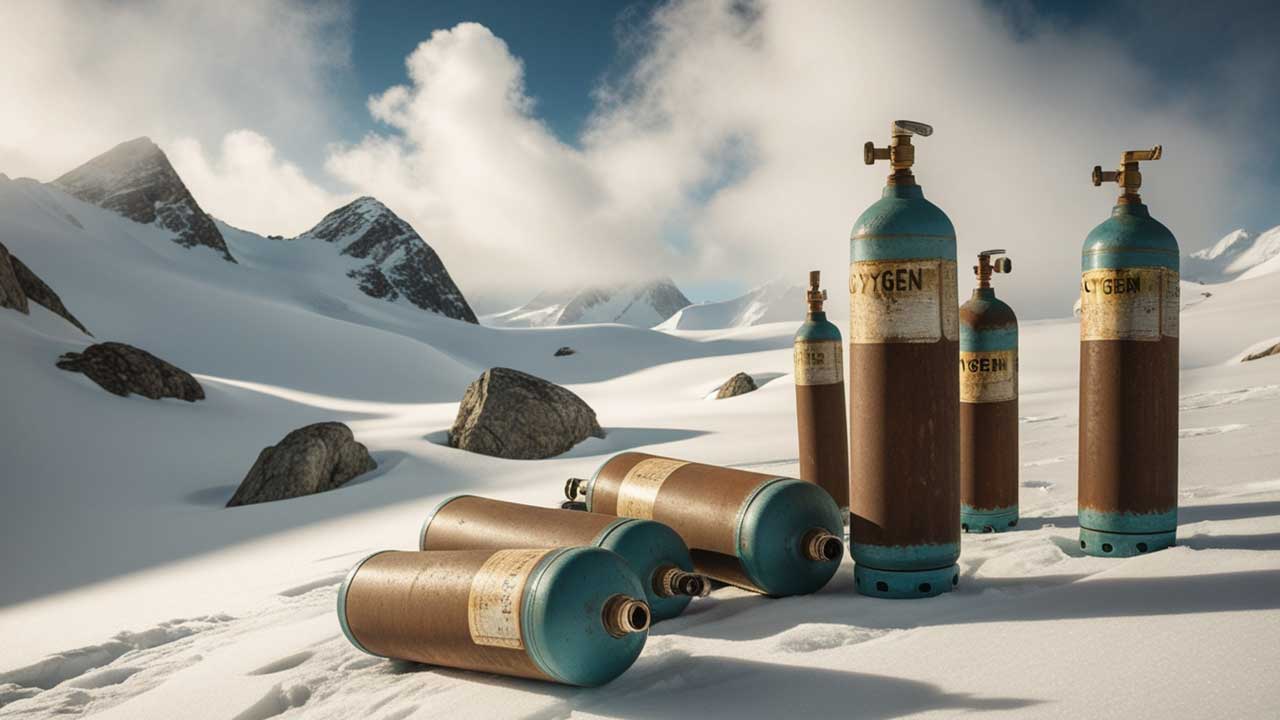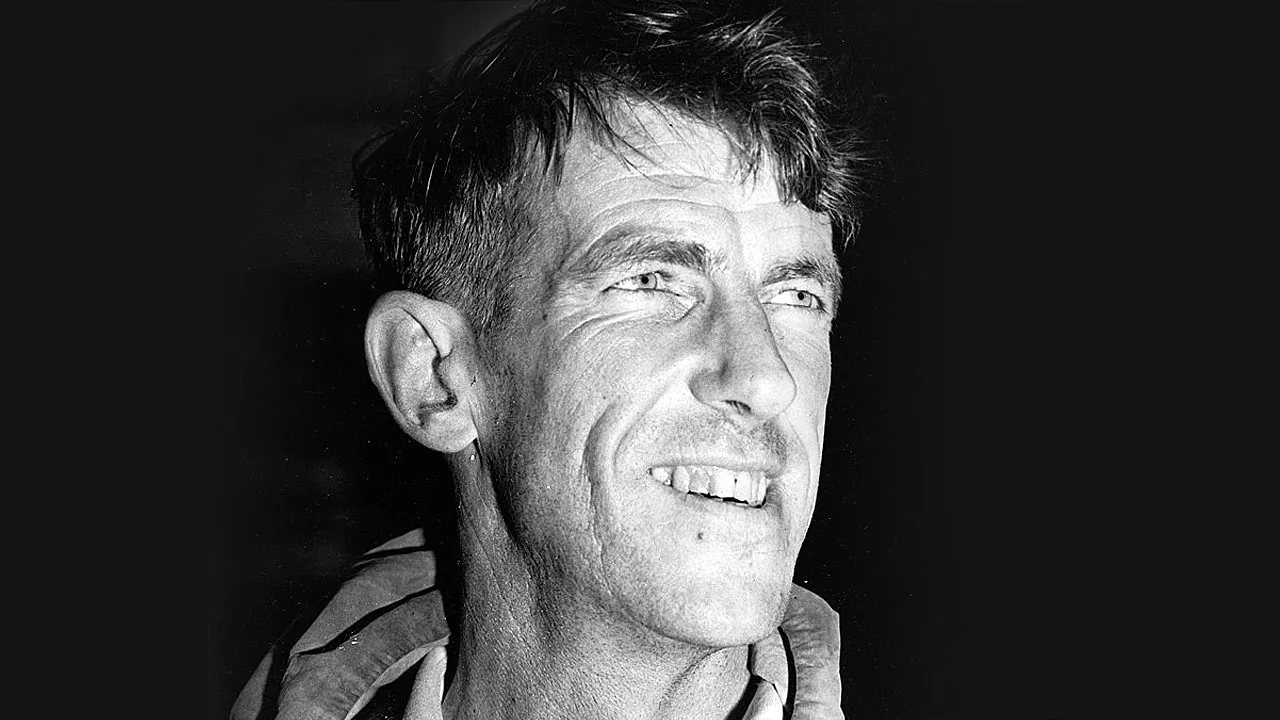How Hypoxia Could Ruin Your Summit Dreams & How to Stop It!
Blogs
Climbing & Science: A Journey into the Science of Hypoxia in the Himalayas
Mountains are humbling teachers, and the higher you climb, the more they reveal about the limits of the human body. Recently, after our deep dive into the subtle shifts in gravitational acceleration at high altitudes, my team and I found ourselves fascinated by another force that tests climbers at extreme heights: hypoxia—the lack of sufficient oxygen in the body tissues.
As we prepared for another climb in the Himalayas, we discussed the importance of acclimatization and how our bodies adjust to the thinning air. This sparked an idea. Could we understand the science behind hypoxia better by exploring its effects on high-altitude expeditions? The answer would lead us on another incredible journey into the biology of mountain survival.
What is Hypoxia?
At sea level, the air we breathe contains about 21% oxygen, and our bodies are well-equipped to handle this. However, as we ascend higher into the atmosphere, the air pressure drops and the amount of oxygen available with each breath decreases. By the time you reach 5,500 meters (18,000 feet), the body is only receiving about half the oxygen it would at sea level.
This lack of oxygen at high altitudes is called hypoxia, and it can have dramatic effects on climbers. It doesn’t just make you feel breathless; it can impair cognitive function, slow down physical performance, and, in severe cases, lead to potentially fatal conditions like High Altitude Pulmonary Edema (HAPE) and High Altitude Cerebral Edema (HACE).

The Physiology of Acclimatization
During our research, we uncovered some fascinating science behind how the body copes with hypoxia. When exposed to high altitudes, the human body undergoes a process called acclimatization to adapt to the lower oxygen levels. The body produces more red blood cells, which help carry more oxygen to muscles and vital organs. The heart rate increases, breathing deepens, and, over time, the body becomes more efficient at extracting oxygen from the thin air.
But acclimatization is not foolproof. Even the best-prepared climbers experience the effects of hypoxia, which can include dizziness, headaches, nausea, and confusion.
A Scientific Perspective: Hypoxia Research in the Himalayas
As it turns out, some of the earliest studies of hypoxia and high-altitude physiology were conducted in the Himalayas during the 20th century. Scientists used expeditions to Mount Everest and other high peaks to study how the human body responds to extreme altitudes. These studies provided key insights into our understanding of hypoxia.
For instance, during the famous British Everest expeditions of the 1920s, researchers recorded data on oxygen levels, heart rate, and respiration to understand why some climbers suffered from altitude sickness while others did not. Later, in 1960, the Silver Hut Expedition led by Sir Edmund Hillary conducted detailed scientific research on hypoxia. This expedition, which took place at 6,000 meters (19,685 feet), provided ground-breaking data on how the body reacts to prolonged exposure to low oxygen.

One of the key findings of these studies is that not all individuals acclimatize at the same rate. Factors like genetics, fitness, and prior experience at altitude all play a role in how well someone can cope with hypoxia. This led to further research on why Sherpas, the local high-altitude experts in the Himalayas, seem to tolerate hypoxia far better than most climbers. Scientists discovered that Sherpas have evolved to have larger lung capacity and a more efficient oxygen-transport system, allowing them to thrive at altitudes that cause severe distress in others.
The Impact of Hypoxia on Performance
As we continued to explore this topic, we realized how deeply hypoxia affects not only human physiology but also the logistics of mountaineering. For climbers aiming for 8,000-meter peaks (like Everest), the use of supplemental oxygen becomes critical to avoid the severe effects of hypoxia. But even with oxygen, the body struggles to function at those heights.
The “death zone,” which begins at 8,000 meters (26,247 feet), is a term used by climbers to describe the altitude where the oxygen level is so low that the body cannot acclimatize. At this height, the body is slowly dying, and climbers must move quickly to avoid the deadly consequences of prolonged exposure to hypoxia.
This brought us back to our own experiences as climbers. Even at altitudes well below the death zone, we’ve felt the effects of hypoxia—slower reaction times, difficulty focusing, and the need for frequent rest breaks. It’s a humbling reminder of the body’s limits in these extreme environments.
The Future of Hypoxia Research
What excites us the most is the ongoing research into hypoxia. Scientists continue to study how the human body responds to low-oxygen environments—not just for mountaineers but for medical purposes as well. For instance, understanding hypoxia has led to advances in treatments for conditions like heart disease, sleep apnea, and even premature birth, where oxygen levels play a crucial role.
Moreover, new studies are exploring how to train the body to better tolerate hypoxia. Some climbers use hypoxic tents before their expeditions to simulate high-altitude conditions and help their bodies acclimatize before even reaching the mountains.
Hypoxia and You: What Climbers Should Know

If you’re planning to venture into the high Himalayas or any other mountain range, it’s crucial to understand the risks of hypoxia and how to prepare. Here are a few key tips:
- Acclimatize slowly: Take your time ascending to higher altitudes, allowing your body to adjust to the decreasing oxygen levels.
- Listen to your body: Symptoms of altitude sickness are a warning that your body is struggling to cope. Don’t push through them—descend to lower altitudes if necessary.
- Use supplemental oxygen: For peaks above 8,000 meters, oxygen is a lifesaver. Make sure you’re familiar with how to use it properly.
- Stay hydrated and eat well: Dehydration and poor nutrition can worsen the effects of hypoxia. Keep your body fueled and hydrated during your climb.
What’s Next?
Our exploration of the science behind mountaineering continues. Hypoxia is just one of the many scientific forces that shape the experience of high-altitude climbing. We’ve learned so much already, and there’s still more to uncover—from the mysterious jet streams that whip around the highest peaks to the shifting tectonic plates that push the mountains ever higher.
Stay tuned for our next blog, where we’ll dive deeper into the mysteries of the Himalayas and the scientific discoveries that make these towering giants not just a challenge for adventurers but a playground for scientists.
References:
- Experimental physiology, Everest and oxygen: from the ghastly kitchens to the gasping lung
- Buddha Basnyat MD & Prof David R Murdoch MD “High-altitude illness” – The Lancet
More on Climbing & Science
Is Gravity Different at the Top of Everest?
Jet Streams: How Jet Streams Control Your Fate on Mountain!
Exploring the Enigmatic Triangular Shadows of Peaks